Bid Strong, Bid Smart – Try Our Hotel Building Cost Estimating Service!
- Accurancy
- Efficiency
- Transparency
- Customization
- Time Saving
- Professionalism
- Cost Control

The construction of hotels requires meticulous planning and execution to ensure the longevity and aesthetic appeal of the structures. One critical aspect that significantly influences the overall quality of the construction is the concrete curing and finishing process. In this article, we will delve into the importance of concrete curing and finishing for hotel projects and explore strategies to optimize associated costs.
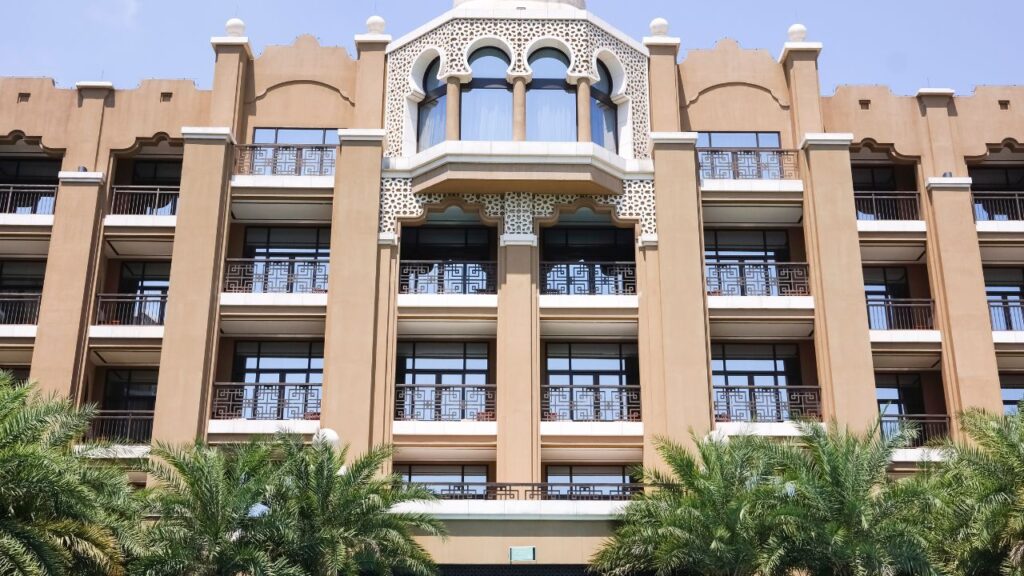
Proper curing is not merely a procedural step in construction but is pivotal for establishing the concrete’s fundamental strength and durability. The curing process allows the concrete to reach its optimal compressive strength, ensuring that it can bear the load and stresses inherent in large, multi-story hotel structures. Inadequate curing poses a serious risk, potentially resulting in surface cracks, compromised compressive strength, and overarching structural deficiencies. For hotels, where safety and stability are paramount, a robust foundation supported by meticulous curing practices is indispensable. By prioritizing structural integrity through proper curing, developers safeguard the long-term stability and resilience of the entire hotel infrastructure.
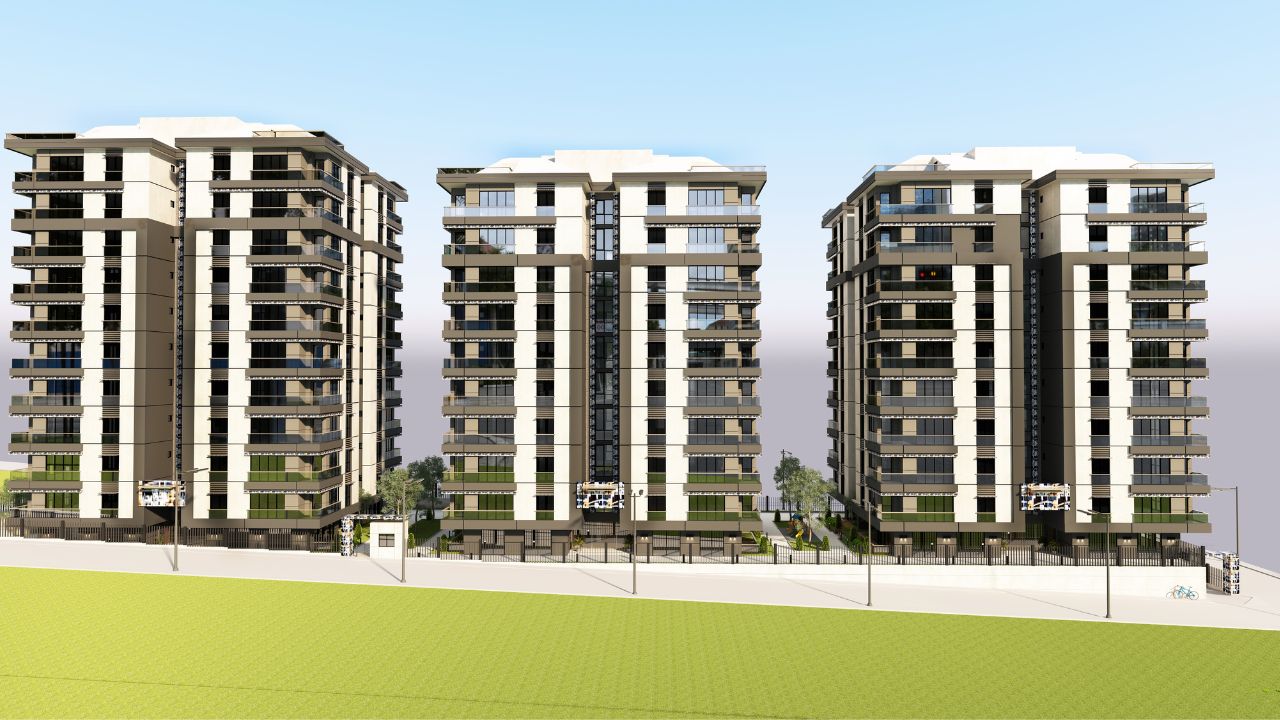
Make Informed Design Decisions Showcase Your Design Ideas
Get RenderingBeyond its functional role, concrete contributes significantly to the visual identity of a hotel. Guests, forming their first impressions based on the exterior and interior aesthetics, highlight the importance of investing in high-quality finishing techniques. The finishing of concrete surfaces is not merely a cosmetic concern; it is an integral part of creating a luxurious and inviting atmosphere within the hotel premises. Intricate designs, decorative elements, and carefully crafted finishes contribute to the overall ambiance, enhancing the guest experience. Consequently, the investment in superior finishing is not just about appearances; it is a strategic move to elevate the hotel’s aesthetic appeal and create a lasting positive impression.
While the upfront costs of proper curing and finishing may seem substantial, they serve as a preventive measure against escalating long-term maintenance expenses. Durable and well-maintained concrete surfaces inherently resist wear and tear, requiring fewer repairs and touch-ups over time. The investment in quality curing and finishing materials pays dividends in the form of reduced maintenance costs, contributing to overall operational savings for the hotel. By addressing potential issues during the construction phase, developers create a foundation for a structure that not only stands the test of time but does so with minimal ongoing maintenance, translating into a more cost-effective and sustainable investment. The foresight in investing in proper curing and finishing becomes an integral part of a comprehensive strategy for efficient and economical hotel management.
The sheer magnitude and intricacy of a hotel construction project wield a direct and profound influence on the associated concrete curing and finishing costs. Larger structures, such as those found in expansive hotels, often demand specialized curing methodologies and employ high-end finishing techniques to meet the elevated standards of quality and aesthetics expected in the hospitality industry. The increased scale and complexity invariably translate into heightened expenses, as the construction processes necessitate a higher level of precision and sophistication to ensure structural integrity and visual appeal.
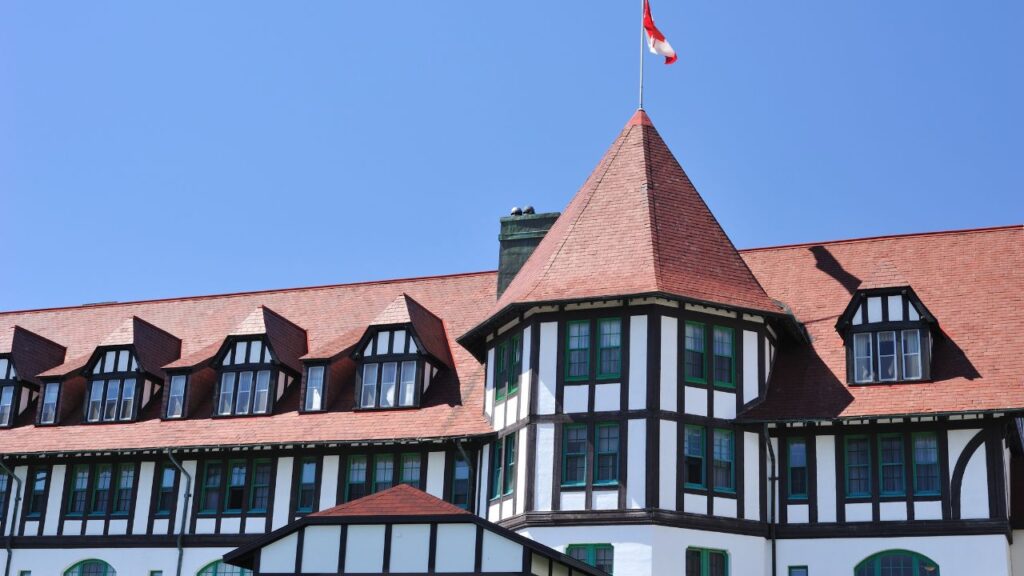
Architectural specifications and design preferences exert a considerable impact on concrete curing and finishing costs. Intricate designs, embellished with decorative elements and unique surface finishes, introduce complexities that may require specialized labor and materials. This, in turn, contributes to an upswing in overall project expenses. The commitment to architectural excellence and distinctiveness often comes with a financial trade-off, as the implementation of intricate design requirements mandates a meticulous and detailed approach, affecting both the curing process and the finishing touches.
The local geological composition, prevailing climate, and soil conditions significantly influence the concrete curing process, thereby impacting costs. Harsh weather conditions may necessitate additional measures to shield the curing concrete from adverse effects, introducing supplementary costs to the construction budget. Similarly, poor soil conditions may prompt the need for extra foundation work, further contributing to the overall expenses associated with ensuring the structural stability and longevity of the hotel.
The caliber of concrete mixes and finishing materials directly shapes project costs. Opting for high-quality materials, although often accompanied by a higher price tag, is a strategic investment that contributes to the durability and long-term cost-effectiveness of the structure. Furthermore, the availability of specific materials within the local market can influence pricing dynamics, with variations impacting the overall expenses associated with obtaining and utilizing these materials in the construction process.
Labor costs constitute a pivotal element in the overall expenses of concrete curing and finishing. Skilled workers are indispensable for achieving the high-quality finishes demanded by the hotel industry, ensuring both aesthetic excellence and structural integrity. Local labor market conditions, such as prevailing wage rates and the availability of skilled labor, play a critical role in determining the labor-related expenses incurred during the construction phase.

The duration of a construction project directly affects curing times and, consequently, costs. Fast-track projects, characterized by accelerated construction timelines, may require advanced curing methods to meet stringent deadlines. These methods, though effective in expediting the curing process, can be more expensive than traditional approaches. Striking a delicate balance between project timelines and curing requirements is imperative for optimal cost management and successful project delivery.
Adhering to local building codes and regulations is non-negotiable in construction projects, influencing costs in various ways. Compliance may demand additional measures, such as specific curing methods or the use of environmentally friendly finishing materials, adding a layer of complexity and cost to the overall project. The commitment to regulatory compliance is not only a legal requirement but also an integral component of responsible and sustainable construction practices.
The incorporation of advanced curing technologies or innovative finishing techniques can significantly influence project costs. While these technologies may offer advantages such as reduced labor requirements and accelerated curing times, the initial investment in adopting such innovations must be carefully weighed against the potential long-term savings. Striking the right balance between cutting-edge solutions and cost-effectiveness is crucial for ensuring the successful integration of technology and innovation in the construction process.
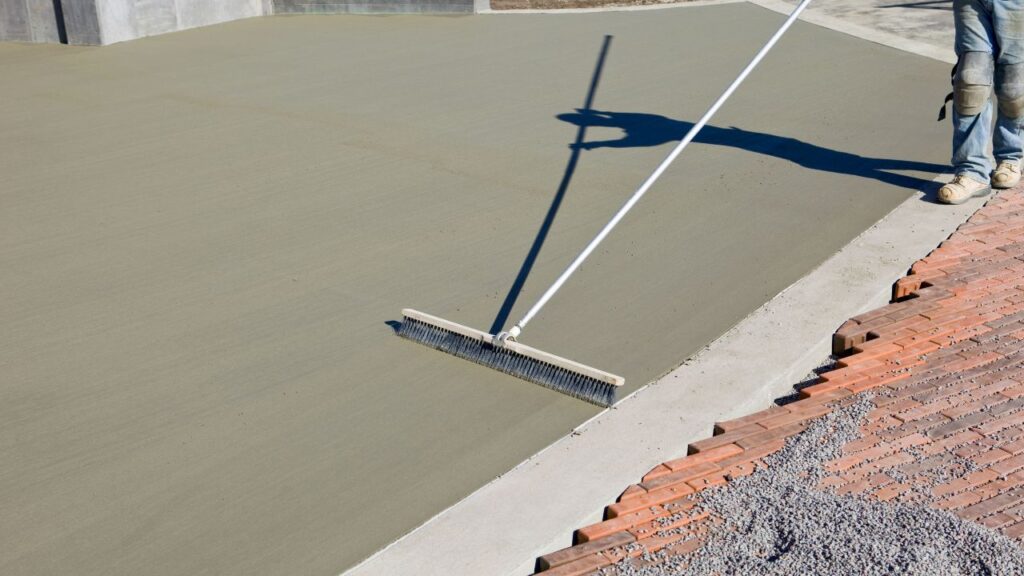
The logistics surrounding the transportation of materials from concrete batching plants and suppliers to the construction site can exert a notable impact on costs. Proximity to suppliers can mitigate transportation expenses, while construction in remote locations may incur higher logistics costs. Efficient planning of transportation and logistics is essential for optimizing costs associated with the procurement and delivery of concrete mixes and finishing materials.
Implementing rigorous quality control measures and testing protocols during the concrete curing and finishing processes is essential for ensuring the structural integrity and longevity of the hotel structure. While these measures add to the overall project cost, they serve as a critical investment in delivering a high-quality and resilient construction outcome. Testing for strength, durability, and adherence to specifications is an integral aspect of responsible construction practices, contributing to the long-term success of the hotel project.
Here are approximate cost estimates for concrete curing and finishing in hotel construction:
Initiate the construction process with a meticulous approach by integrating concrete curing and finishing considerations right from the project’s inception during the early planning and design phases. Foster collaboration among architects, engineers, and concrete specialists to formulate a comprehensive plan that meticulously addresses both the structural requirements and the aesthetic aspirations of the hotel. By laying the groundwork for concrete curing and finishing early on, developers can establish a robust foundation for a construction project that seamlessly aligns with both functional and visual goals.
Make informed decisions on material selection by prioritizing high-quality concrete mixes and finishing materials renowned for their durability and extended lifespan. Although the initial costs associated with premium materials may be higher, the investment proves to be cost-effective over time due to reduced maintenance and repair expenses. By opting for materials that stand the test of time, developers ensure a resilient and long-lasting concrete foundation for the hotel, contributing to overall project efficiency and sustainability.
Uncover innovative approaches to the curing process that balance expeditious timelines with uncompromised quality. Exploration of advanced curing methods, such as the application of cutting-edge curing compounds or the implementation of technologies like steam curing, can significantly decrease the time required for concrete to attain optimal strength. This not only accelerates project timelines but also results in substantial savings on labor costs, providing a dual benefit of efficiency and cost-effectiveness in the curing phase.
Harness the advantages of local knowledge and experience by engaging in collaboration with indigenous concrete contractors and finishing experts. Leveraging the insights of professionals familiar with regional conditions ensures cost-effective solutions tailored to the specific nuances of the local environment. This collaboration extends beyond mere cost efficiency, encompassing benefits such as optimized material sourcing, reduced transportation costs, and the implementation of streamlined project management practices, thereby enhancing overall project effectiveness.
Conduct a comprehensive and forward-thinking lifecycle cost analysis to evaluate the holistic financial implications of various concrete curing and finishing options. This strategic approach goes beyond assessing initial expenses, considering long-term benefits such as reduced maintenance, minimized repair costs, and potential mitigation of downtime. By adopting a foresighted perspective and factoring in the entire lifecycle, developers can make informed decisions that not only optimize immediate costs but also yield sustained savings and operational efficiency throughout the lifespan of the hotel structure.
Meticulous planning and execution of concrete curing and finishing are vital for the longevity and aesthetic appeal of hotels. Proper curing ensures structural integrity, safeguarding large structures against risks like surface cracks. High-quality finishing enhances the guest experience, contributing to a luxurious atmosphere. Despite upfront costs, investing in quality materials serves as a preventive measure against long-term maintenance expenses. Factors like project scale, design requirements, and local conditions influence costs, but strategic approaches, such as early planning and efficient curing, can optimize expenses. Ultimately, balancing quality and cost-effectiveness is key to successful and enduring hotel construction.
Concrete curing and finishing are essential for hotel construction because they ensure the structural integrity and aesthetic appeal of the structures. Proper curing establishes the concrete’s strength, preventing issues like surface cracks, while high-quality finishing contributes to a visually appealing and inviting atmosphere, creating a positive impression for guests.
Inadequate curing poses a serious risk to the longevity of a hotel structure. It can result in surface cracks, compromised compressive strength, and overall structural deficiencies. By prioritizing proper curing, developers safeguard the long-term stability and resilience of the entire hotel infrastructure, preventing potential issues that could arise over time.
Material quality significantly influences project costs. Opting for high-quality concrete mixes and finishing materials, although accompanied by a higher initial cost, is a strategic investment. Premium materials contribute to the durability and long-term cost-effectiveness of the structure, reducing maintenance and repair expenses over time.
The sheer magnitude and intricacy of a hotel construction project directly influence concrete curing and finishing costs. Larger and more complex structures often demand specialized curing methodologies and high-end finishing techniques, leading to increased expenses. Precision and sophistication are required to ensure both structural integrity and visual appeal in the hospitality industry.
Strategies to optimize costs include early planning and design integration, informed material selection emphasizing durability, exploration of efficient curing methods, collaboration with local experts for cost-effective solutions, and conducting comprehensive lifecycle cost analyses. These approaches help strike a balance between quality and cost-effectiveness in hotel construction projects.
Here I am going to share some steps to get your concrete curing and finishing cost for hotel estimate report.
You can send us your plan on info@estimatorflorida.com
Before starting your project, we send you a quote for your service. That quote will have detailed information about your project. Here you will get information about the size, difficulty, complexity and bid date when determining pricing.
Our team will takeoff and estimate your project. When we deliver you’ll receive a PDF and an Excel file of your estimate. We can also offer construction lead generation services for the jobs you’d like to pursue further.

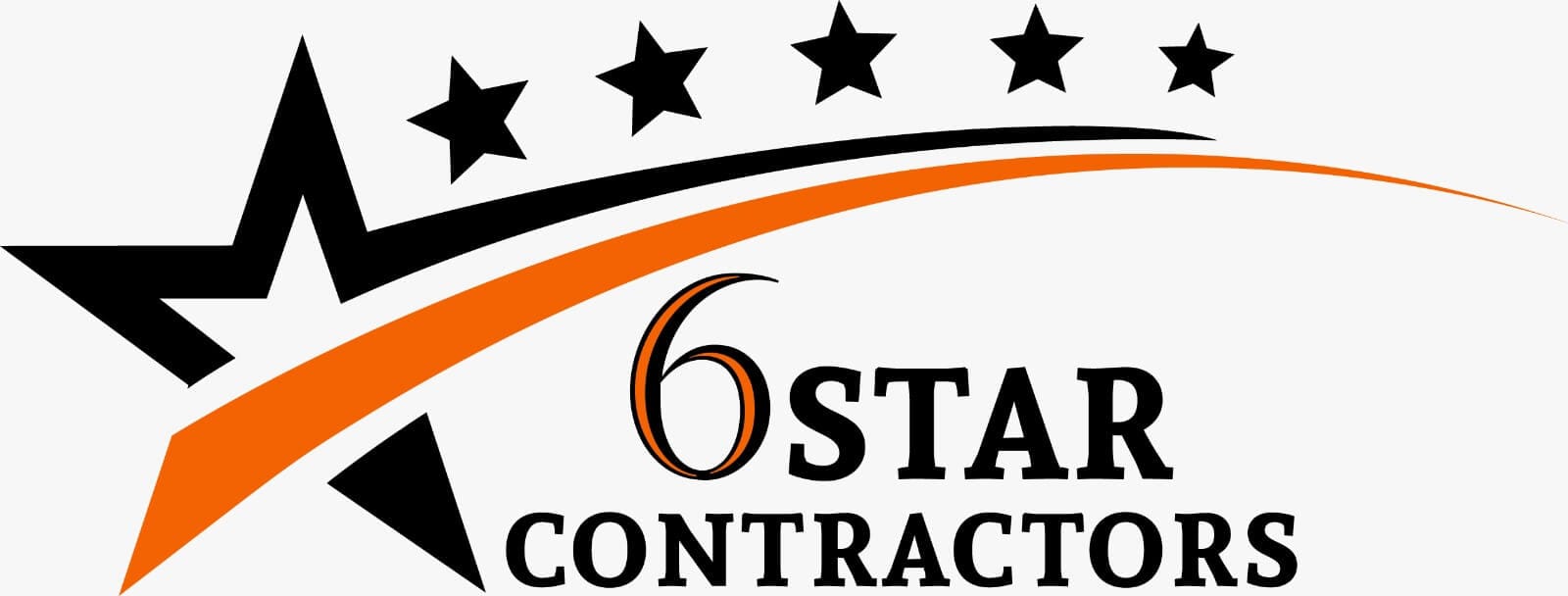

561-530-2845
info@estimatorflorida.com
Address
5245 Wiles Rd Apt 3-102 St. Pete Beach, FL 33073 United States
561-530-2845
info@estimatorflorida.com
Address
5245 Wiles Rd Apt 3-102 St. Pete Beach, FL 33073 United States
All copyright © Reserved | Designed By V Marketing Media | Disclaimer